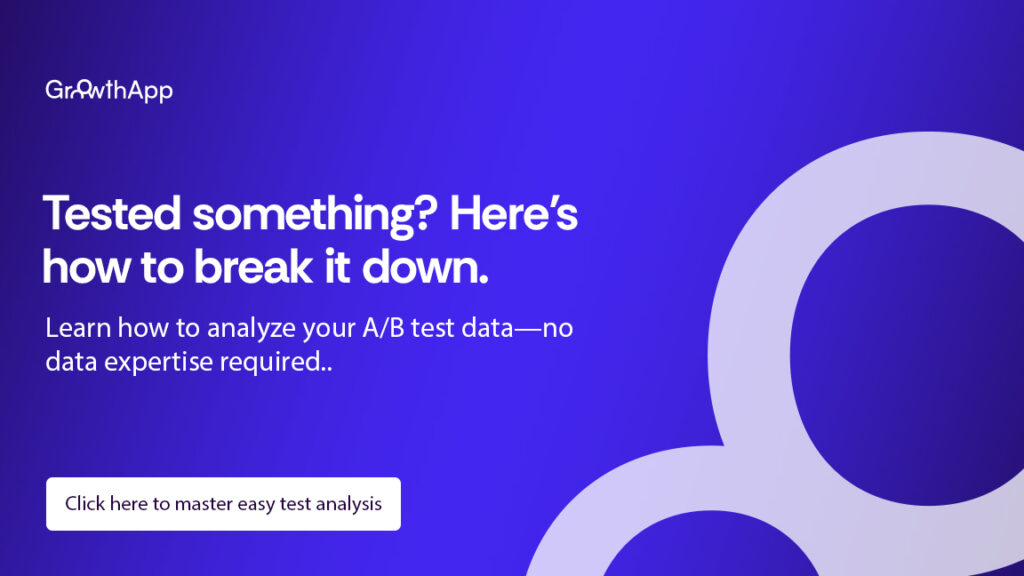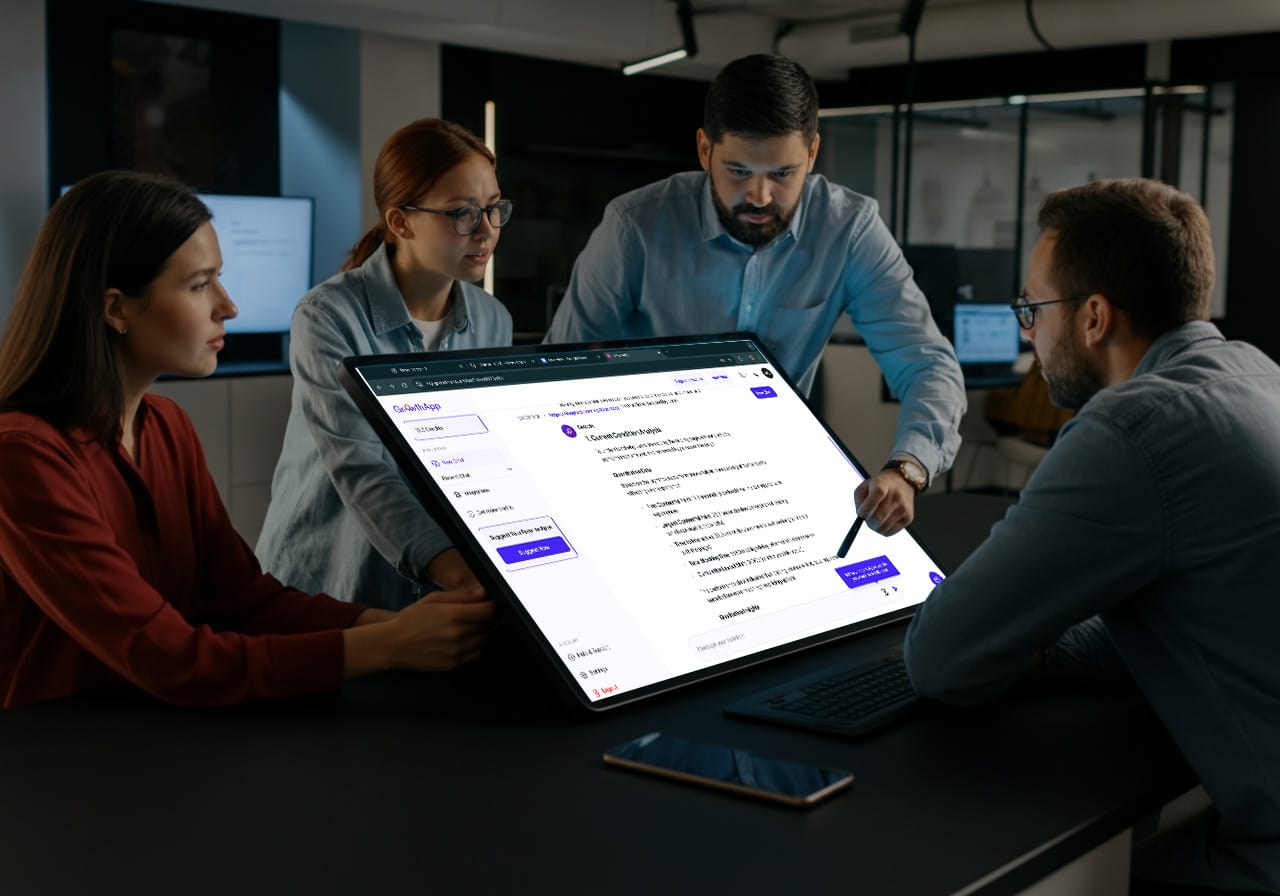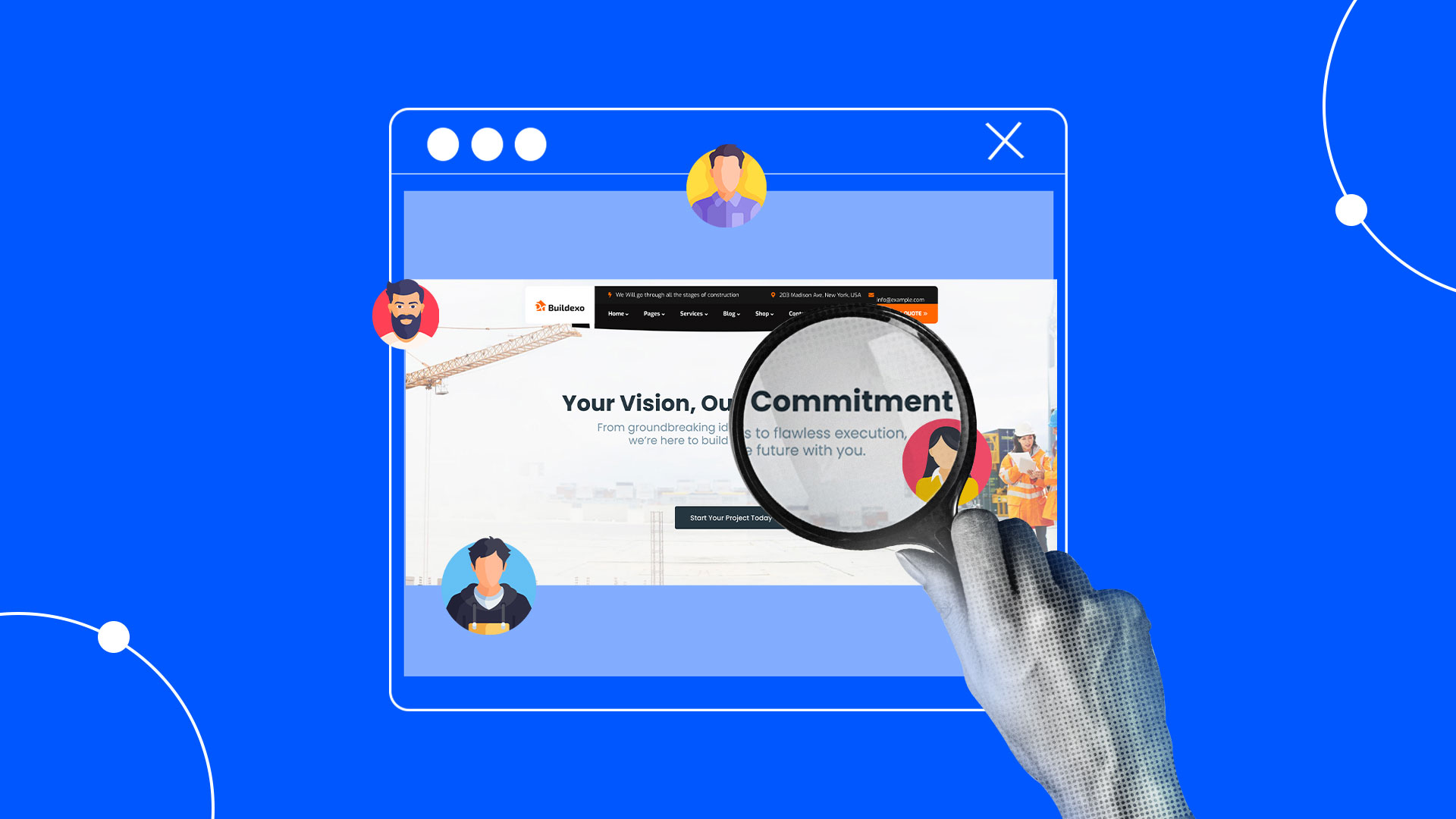If you’re looking to improve your website’s performance, conversion rate optimization (CRO) is where the magic happens. Understanding what to test first for conversions can make all the difference between success and frustration. It’s not about chasing more traffic; it’s about making the most out of the visitors you already have.
But when you’re just starting out, it can feel overwhelming. There are endless testing ideas, analytics to sift through, and strategies to try. The good news? You don’t have to test everything at once. In fact, knowing where to start is the key to maximizing your results without wasting time or resources.
The best part? Having a certified CRO guide walking you through the entire process.
How can I increase my conversion rate?
Increasing your conversion rate starts with understanding one core principle: small, strategic changes can lead to massive results as long as the foundation is alright.
Conversions happen because your website aligns with what your audience wants. If a visitor lands on your site and feels confused, overwhelmed, or unsure, they’ll leave without taking action. On the other hand, if your site is clear, persuasive, and easy to use, your conversion rate will climb.
To increase conversions, you need to test and refine the key elements of your website. Start with these areas:
1. A website audit
You wouldn’t build a house without checking the foundation. Similarly, optimizing conversions starts with understanding what’s working (and what’s broken) on your site.
A thorough website audit reveals issues like slow load times, broken links, or confusing navigation that silently kill conversions. For example, if your checkout page takes 8 seconds to load, 40% of visitors will abandon it. These problems are easy to miss when you’re deep in the weeds of day-to-day operations.
This is where tools like Growie shine. Its AI-powered website audit scans your site in minutes, flagging technical errors, UX bottlenecks, and opportunities to improve clarity. Think of it as a diagnostic tool that tells you exactly where to focus first—no guesswork required.
Once your site’s foundation is solid, it’s time to focus on the high-impact areas below.
2. Headline
The next thing you’d want to take a look at is your headline. This is because it’s the first thing visitors see. It’s your one shot to grab their attention and communicate value.
Ask yourself these:
Does my headline clearly explain what I offer?
Is it compelling enough to make someone want to keep reading?
Test variations of your headline to see which one resonates most with your audience. For example, you could test a straightforward headline versus one that highlights a specific benefit.
3. Call-to-action (CTA) buttons
Your CTA buttons (e.g., “Sign Up,” “Buy Now,” “Get Started”) are where conversions happen—or don’t.
Here are a couple of things to test here:
- Button color: Does a bold color stand out more to another shade of it?
- Button text: Does “Get Started” work better than “Learn More”?
- Placement: Are your CTAs in the right spot on the page?
Even small changes to your buttons can have a big impact on conversions.
4. Forms
When it comes to forms, length and complexity can be major turn-offs for visitors, causing them to abandon the process altogether. To optimize your forms, consider testing a few key elements.
For instance, take a hard look at the number of fields you’re requiring—do you really need someone’s phone number, or would their email address suffice? You should also experiment with field placement, determining whether a single-column format works better than a multi-column one. Lastly, consider the overall design of your form: does it appear inviting and user-friendly, or does it feel like a chore to complete?
When you refine these aspects of your forms, you can significantly improve the user experience and increase the likelihood of visitors completing the process.
5. Page load speed
This isn’t glamorous, but it’s critical. If your site takes more than 3 seconds to load, you’re losing conversions—period.
Tools like Google PageSpeed Insights can help you identify these issues.
6. Landing pages
Your landing page is often the last step before a conversion. If it’s not optimized, your visitors won’t move forward.
Try evaluating your:
- Copy: Is it clear, concise, and persuasive?
- Visuals: Are your images or videos adding value, or are they distracting?
- Layout: Is the page easy to navigate?
These areas are a great starting point because they directly influence whether or not a visitor converts.
What Is the most used testing method for improving conversions?
While A/B testing is the most widely used method when it comes to optimization and CRO, a great alternative—and in some cases, an even better option—is multivariate testing.
Multivariate testing allows you to test multiple elements on a webpage simultaneously to determine which combination of changes yields the best results. Instead of focusing on individual variables like A/B testing, multivariate testing examines how different elements interact with one another to influence conversions.
Here’s how it works:
- Identify multiple elements to test. For example, you might test different headlines, button colors, and images at the same time.
- Create combinations of variations. Each variation of your selected elements is combined into unique versions of the page.
- Split your audience across all versions. Traffic is divided evenly among the different combinations of the page.
- Analyze the data. The test helps you pinpoint which combination of elements performs the best and how individual changes contribute to the overall impact.
The key benefit of multivariate testing is its ability to showcase the relationship between page elements. For example, a headline and image that might not perform well separately could work exceptionally well together. By testing multiple variables at once, you gain deeper insights into how changes interact, allowing for more comprehensive optimization.
Multivariate testing is particularly useful for websites with high traffic, as the larger sample size ensures statistical significance across multiple combinations. The result? Improved conversions driven by data-backed decisions and a more nuanced understanding of what resonates with your audience.
Which test would have the biggest impact on conversion rate?
Not all tests are created equal. Some changes, like tweaking a headline, might only lead to a small improvement. Others, like redesigning your landing page, could have a dramatic impact.
Here are a few high-impact tests to consider:
- Value proposition clarity: Does your website immediately communicate what makes your product or service unique? If not, rewrite your copy to make it crystal clear.
- Mobile optimization: Test how your site performs on mobile devices. With more users browsing on their phones, a poor mobile experience can tank your conversion rate.
- Checkout process: If you run an e-commerce site, test simplifying your checkout process. Fewer steps and a guest checkout option can reduce cart abandonment.
- Pricing pages: If your pricing page is confusing, visitors won’t convert. Test different layouts, pricing tiers, or even the way you display your pricing (e.g., monthly vs. annual plans).
How Growie can help you optimize faster
Testing and optimizing your website can feel overwhelming, especially if you don’t know where to start. That’s where Growie comes in.
Growie simplifies the entire CRO process with three powerful features:
- AI-powered website audit: Growie’s AI scans your website and highlights areas for improvement. It identifies weak spots in your headlines, CTAs, forms, and more—so you know exactly what to test first.
- Website Analytics Tool: With a built-in tracking script, Growie tracks and analyzes your data, giving you real-time insights into how your tests are performing.
- CRO Manager: Think of it as your personal optimization assistant. The CRO Manager guides you step by step through the testing process, from setting up A/B tests to analyzing results.
With Growie, you’ll spend less time figuring out what to do and more time driving results. Plus, it’s one of the best free CRO tools to get started with.
Remember, conversion rate optimization isn’t about making random tweaks and hoping for the best. It’s about testing, analyzing, and refining until your website performs at its best.
The sooner you start testing, the sooner you’ll see results—so dive in and start optimizing today.





